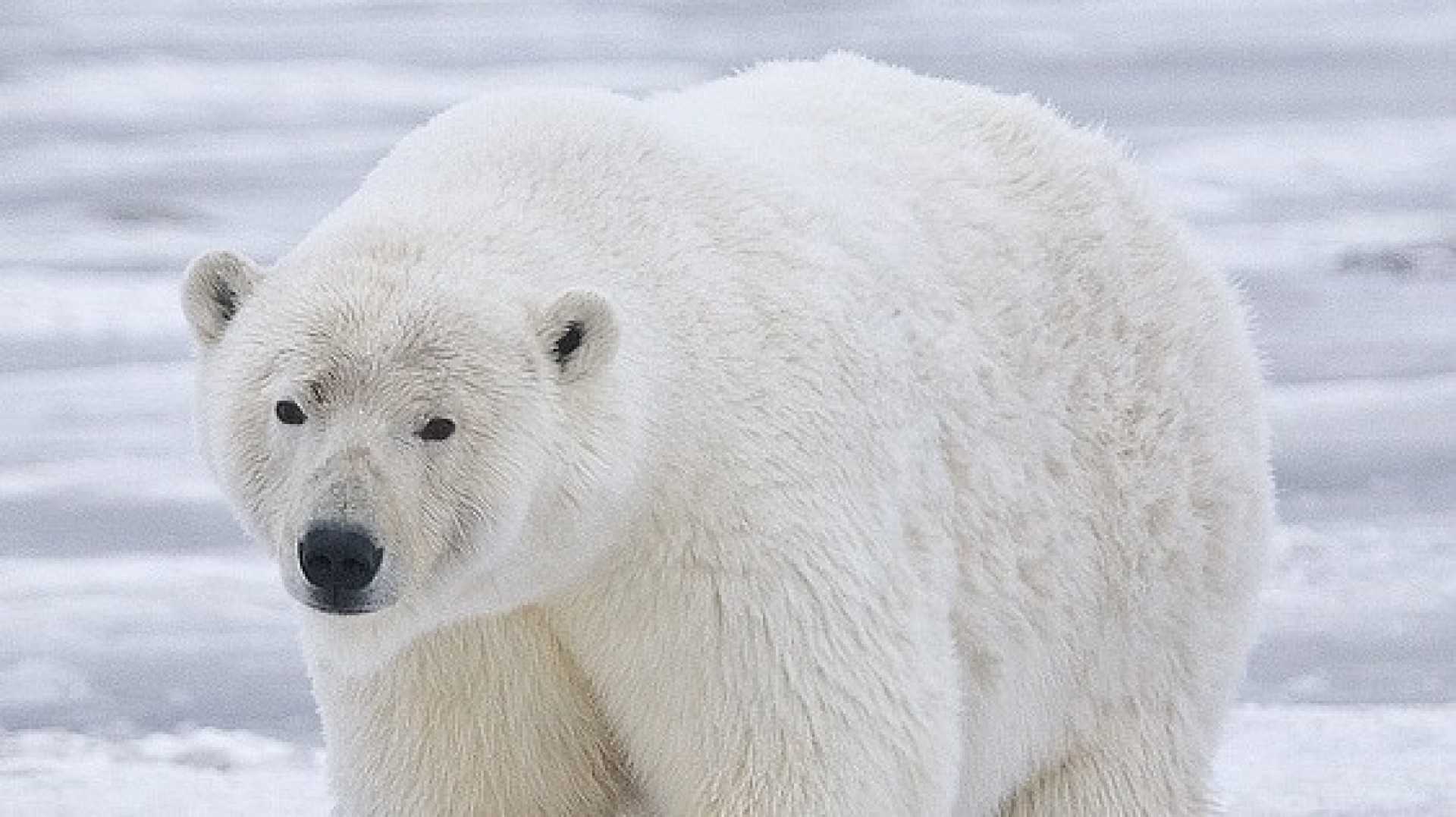News
Icelandic Police Shoot Polar Bear After Threat to Human Life

In a rare and alarming occurrence, Icelandic police shot a polar bear near a cottage in northwestern Iceland after consultations with the Environment Agency. This decision was made due to the potential threat the animal posed to human life, defying the usual legal protection polar bears receive under Icelandic law. The bear was found close to a summer house, reportedly seeking food in the garbage, and an elderly woman was present in the vicinity.
Helgi Jensson, the Westfjords Police Chief, expressed regret over the unfortunate necessity of the action. In a conversation with the Associated Press, Jensson explained, “It’s not something we like to do. In this case, you can see in the picture, the bear was very close to a summer house. There was an old woman there.” Such decisions underline the delicate balance authorities must maintain between human safety and wildlife conservation.
Speculation suggests that the polar bear journeyed from Greenland to Iceland by means of an iceberg, with several such icebergs recently observed off Iceland’s coast. This trek, covering several hundred kilometers, is notable given the challenges it poses even for a land mammal known for its swimming capabilities. Experts are set to examine the bear’s body for parasites and infections, while its skull and pelts might be preserved for scientific purposes.
Polar bear sightings in Iceland are extremely rare, with the last occurrences recorded in 2016. Historically, a mere 600 sightings have been documented since the 9th century. The event has reignited discussions regarding the implications of climate change on polar bear habitats. As glacial warming continues, sea ice diminishes, forcing bears to become increasingly reliant on land for sustenance, thus raising the likelihood of encounters with humans.
Following two polar bear sightings in 2008, Iceland’s environment minister established a committee to devise a strategic response to these non-native animals. The committee concluded that allowing bears to roam freely posed significant threats to both livestock and human populations, while transport costs for relocation were prohibitively high. Consequently, they considered euthanasia the most pragmatic solution.
Highlighting a broader environmental crisis, between 1870 and 2014, there were 73 documented polar bear attacks across Canada, Greenland, Norway, Russia, and the United States, with a concerning one-fourth of these incidents occurring between 2009-2014. Hence, the tension between wildlife conservation efforts and human safety persists, necessitating the development of effective management strategies as climate-driven habitat losses push bears further into human territories.












